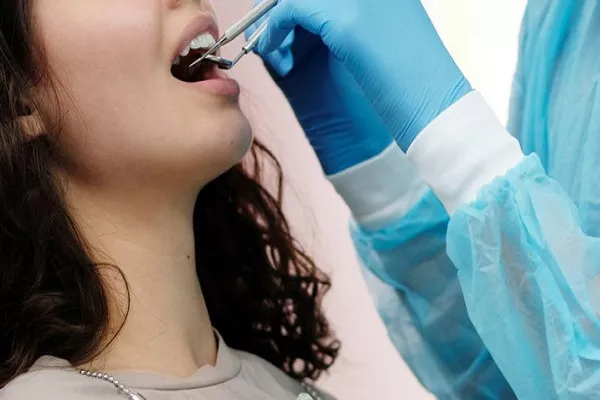Maintaining good oral health is essential for overall well-being. However, even with a regular brushing and flossing routine, bacteria and plaque can build up on teeth and gums, leading to gum disease and other dental problems. That’s why it’s important to schedule regular deep cleanings with a professional dental hygienist.
Before Deep Cleaning
Before a deep cleaning, the dental hygienist will conduct a thorough examination of the patient’s teeth and gums. This may include taking X-rays and checking for signs of gum disease or other dental issues. The hygienist will also carefully review the patient’s medical history and any medications they are taking that may affect their oral health.
During the examination, the hygienist will look for signs of plaque buildup, which appears as a sticky film on the teeth. Plaque is made up of bacteria and food particles that can cause tooth decay and gum disease. If left untreated, plaque can harden into tartar, which is difficult to remove without professional help.
The hygienist will also check for signs of gingivitis, which is an early stage of gum disease. Symptoms of gingivitis include red, swollen gums that bleed easily. If left untreated, gingivitis can progress to periodontitis, which can cause tooth loss and bone damage.
After identifying any issues, the hygienist will begin the deep cleaning process.
The Deep Cleaning Process
A deep cleaning, also known as scaling and root planing, involves two main steps: scaling and root planing.
Scaling involves removing plaque and tartar from the teeth and under the gum line using specialized tools. The hygienist will use a scaler or ultrasonic tool to gently scrape away the buildup of plaque and tartar from the teeth. This process may take several visits, depending on the severity of the buildup.
Root planing is the process of smoothing the root surfaces of the teeth to remove any rough spots or bacteria that can contribute to gum disease. The hygienist will use special instruments to clean and smooth the roots of the teeth, helping to eliminate pockets where bacteria can grow.
After Deep Cleaning
After a deep cleaning, patients may experience some mild discomfort and sensitivity, especially if they have had extensive tartar buildup or gum disease. However, this discomfort should subside within a few days.
It’s important for patients to maintain good oral hygiene habits after a deep cleaning to prevent further problems. This includes brushing twice a day with fluoride toothpaste, flossing daily, and using an antibacterial mouthwash. Patients should also schedule regular checkups and cleanings every six months or as recommended by their dentist.
Conclusion
Deep cleaning teeth before and after is an essential part of maintaining good oral health. By removing plaque and tartar buildup and addressing early signs of gum disease, dental professionals can help prevent more serious dental problems down the road. To ensure optimal oral health, patients should schedule regular deep cleanings and follow a consistent at-home oral hygiene routine.
Related Topics:































